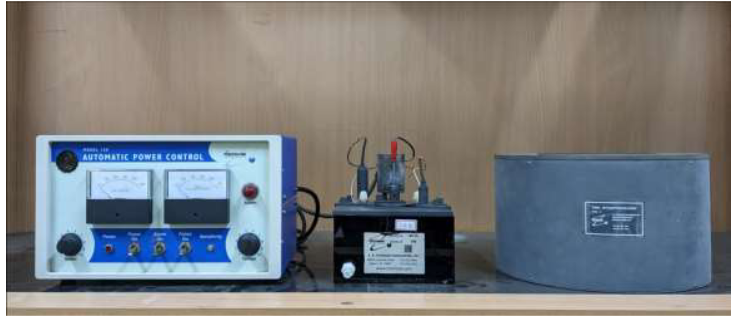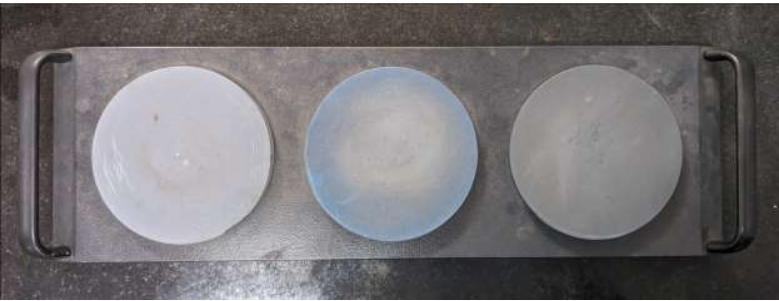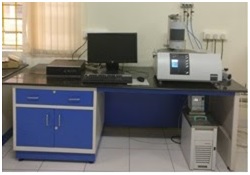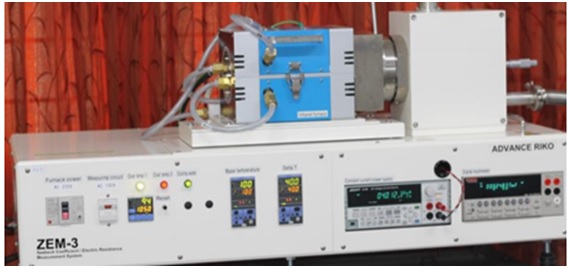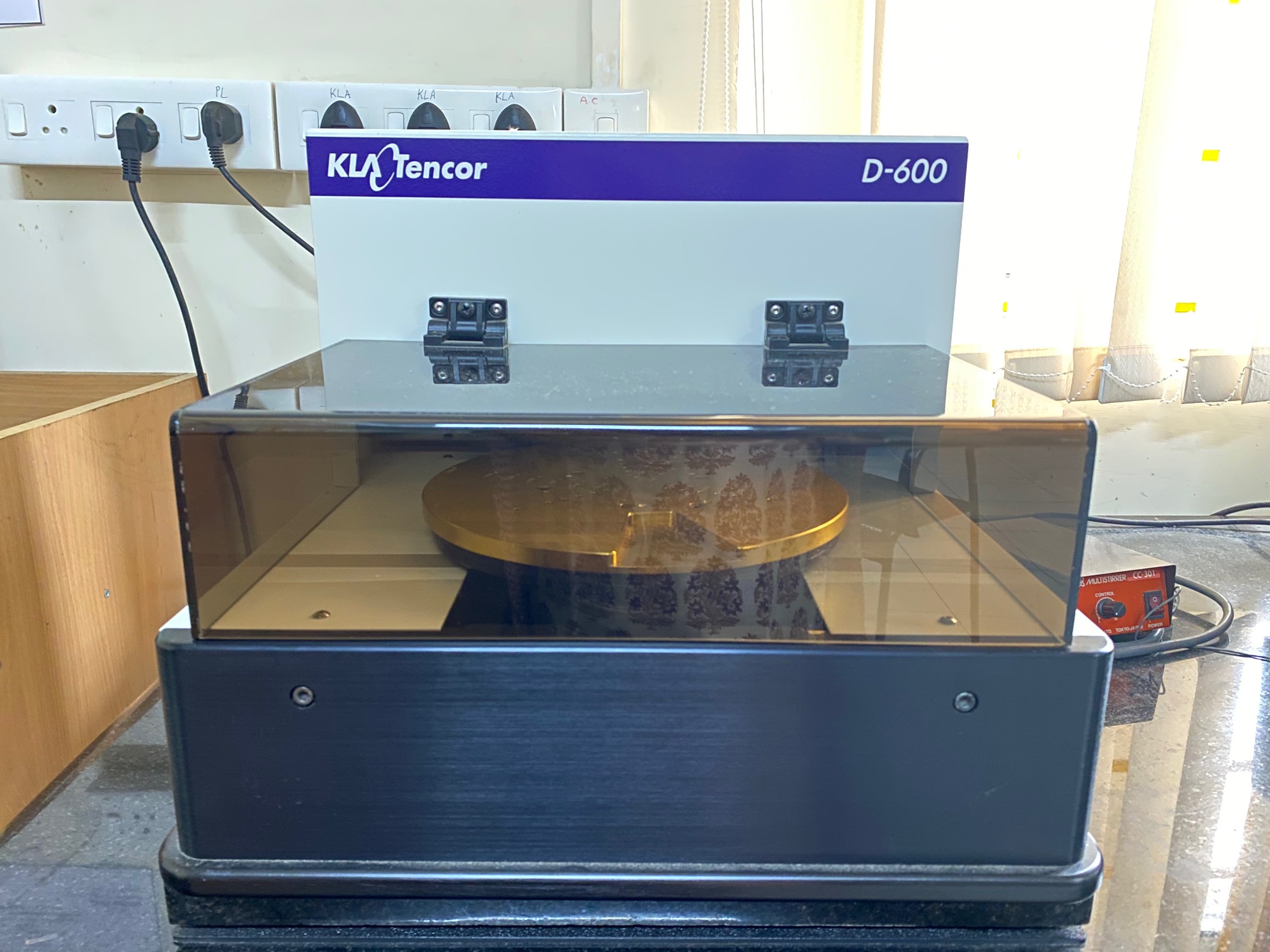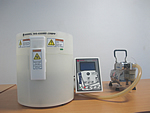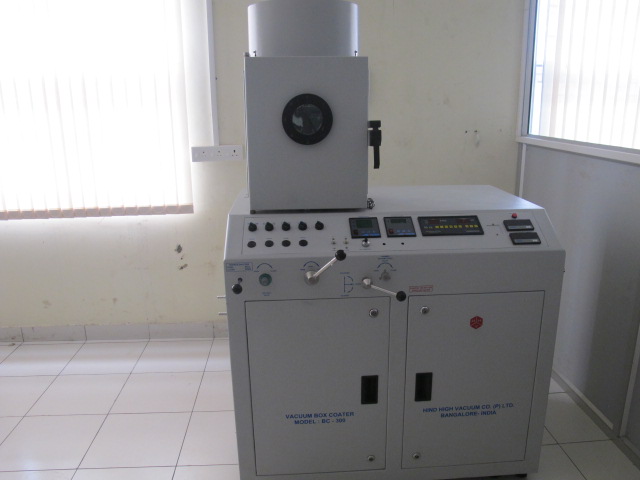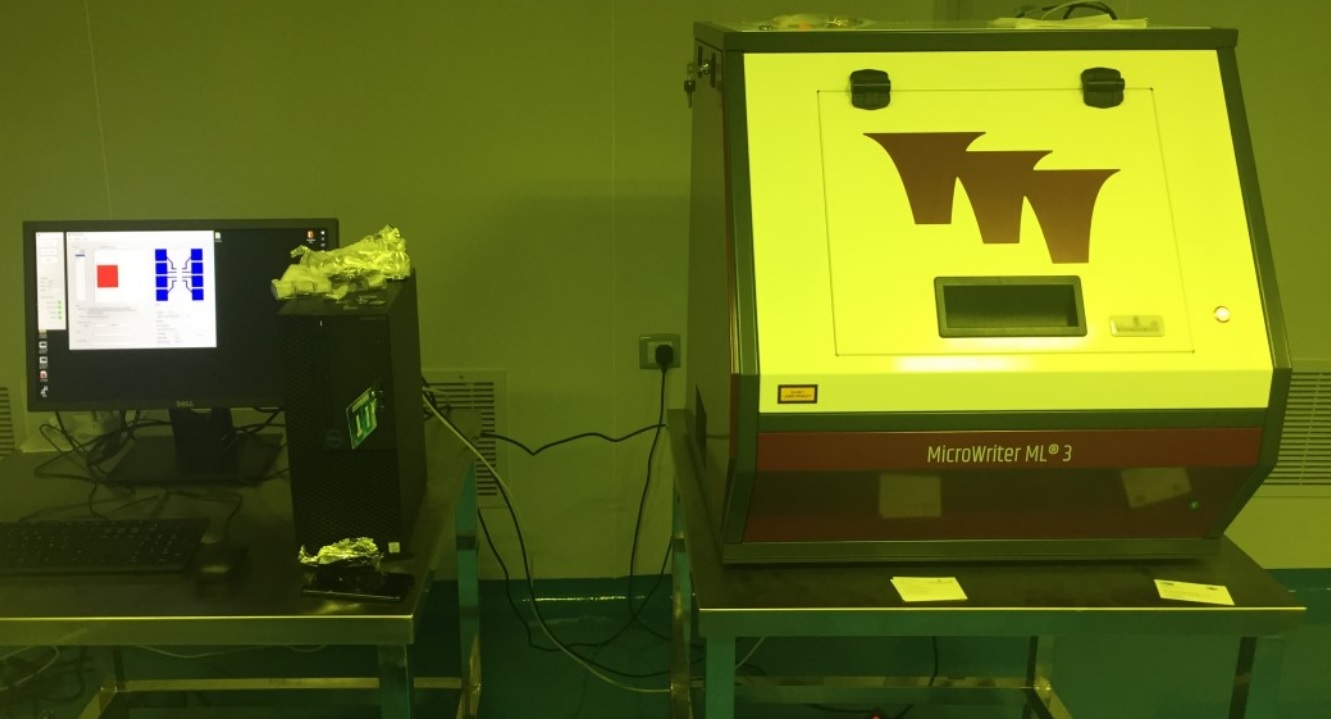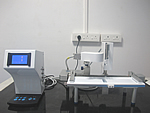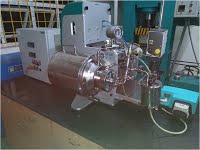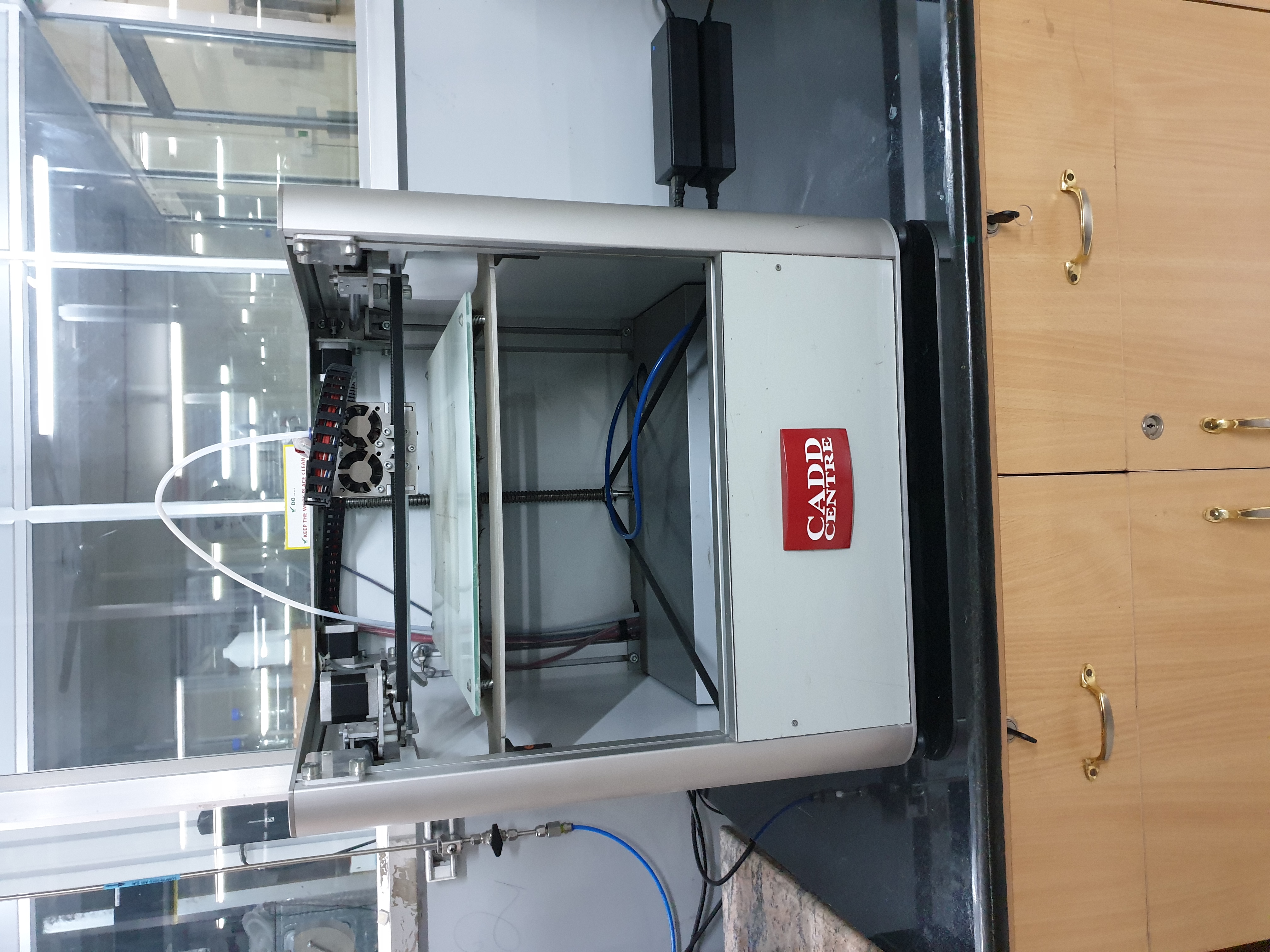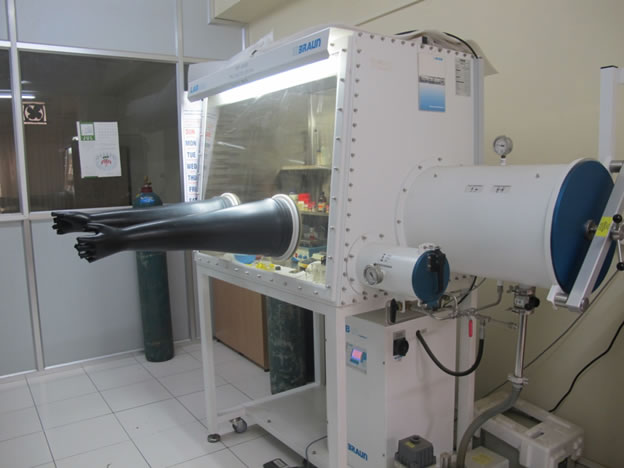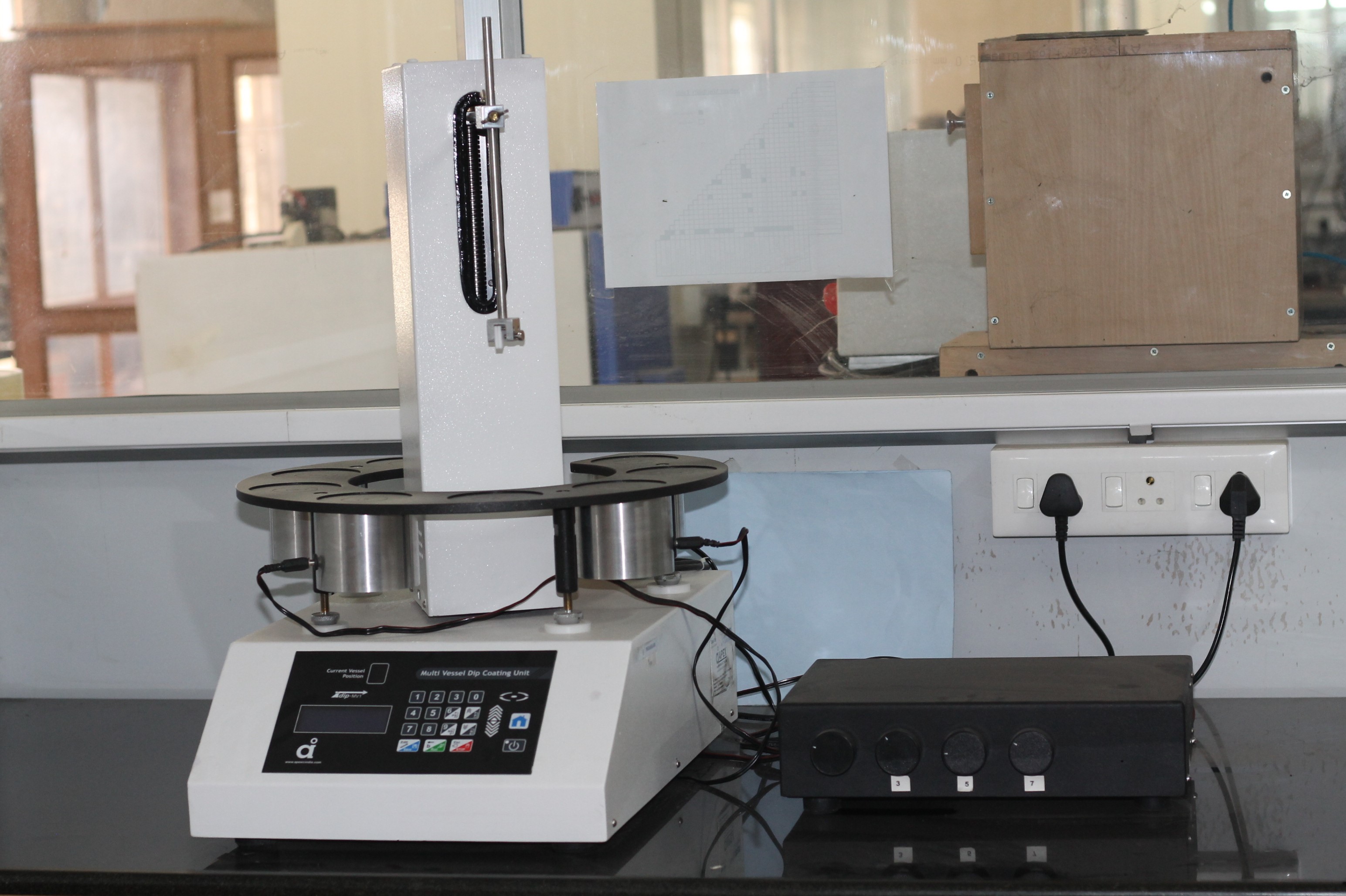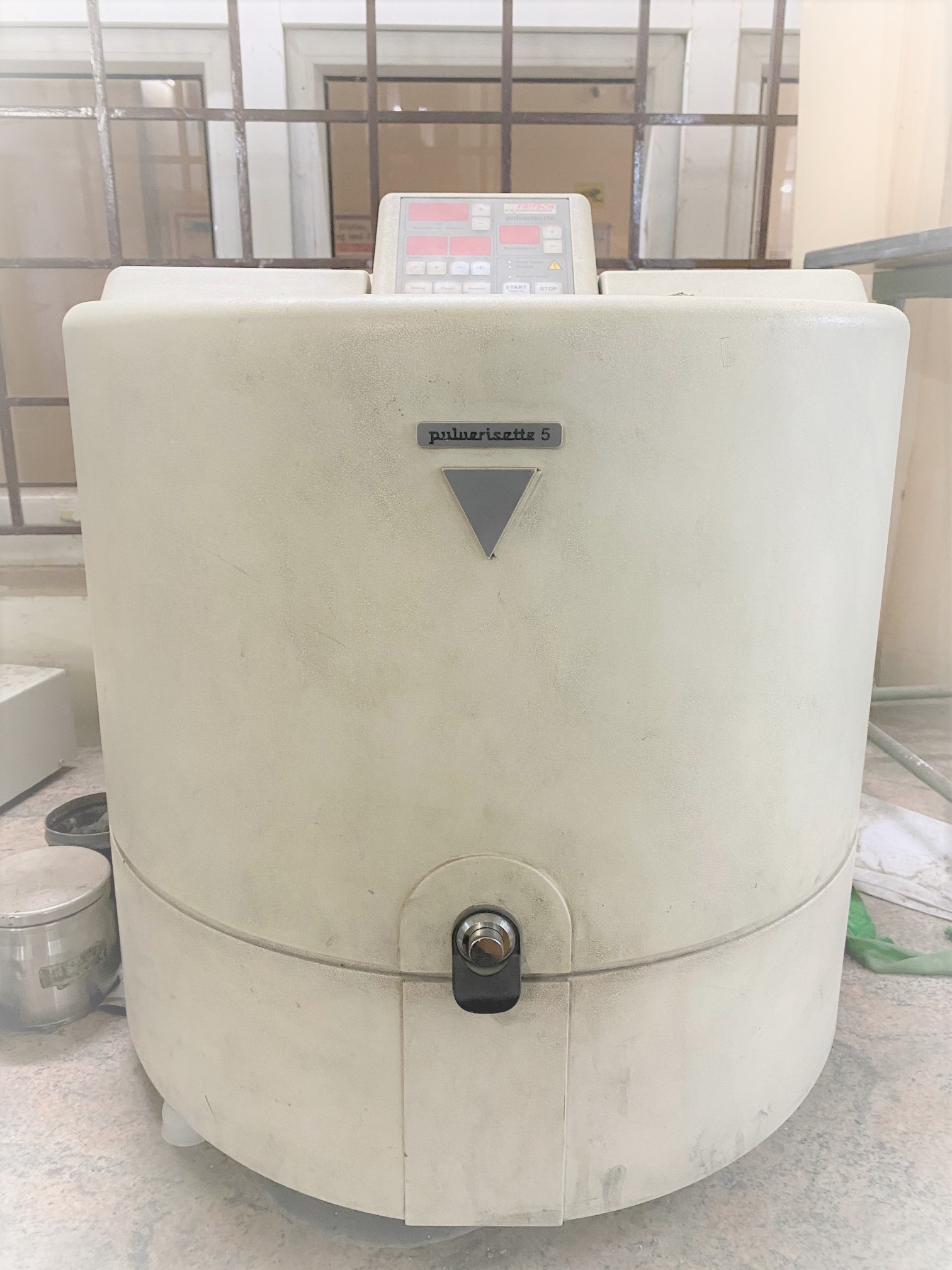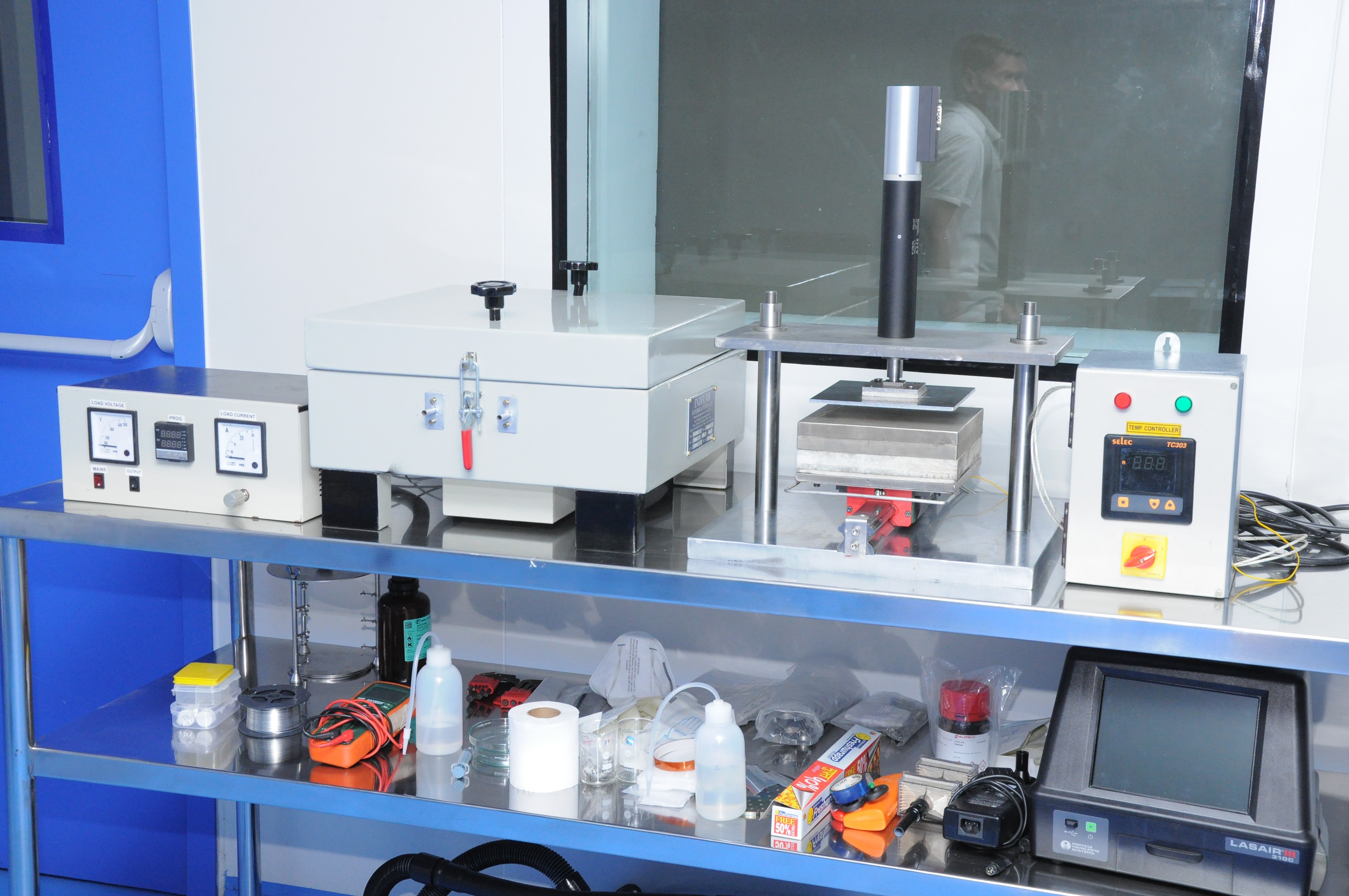SIMULTANEOUS THERMAL ANALYZER
Contact : tgdsc@psgias.ac.in,
Dr. Anuradha M Ashok – anu@psgias.ac.in
TGA : mass changes, temperature stability, oxidation/reduction behavior, decomposition, corrosion studies, compositional analysis and thermokinetics.
DSC : melting/crystallization behavior, solid-solid transitions, polymorphism, degree of crystallinity, glass transitions, cross-linking reactions, oxidative stability, purity determination, specific heat and thermokinetics
Simultaneous Thermal Analysis generally refers to the simultaneous application of Thermogravimetry (TGA) and Differential Scanning Calorimetry (DSC) to one and the same sample in a single instrument.The advantages of the instrument are: The test conditions are perfectly identical for the TGA and DSC signals (same atmosphere, gas flow rate, vapor pressure on the sample, heating rate, thermal contact to the sample crucible and sensor, radiation effect, etc.).
Instrument : STA449 F3 Jupiter from Netzsch, Germany
Sample quantity : 5 mg
Atmosphere : Nitrogen, Air, Argon
Heat ramp :20 K/min
Temperature :Upto 773 K (Aluminium crucible), 1473 K (Alumina crucible)






